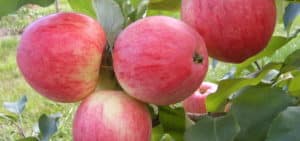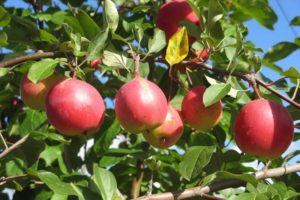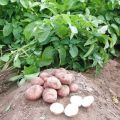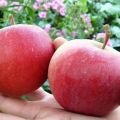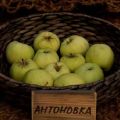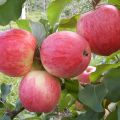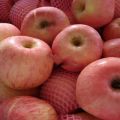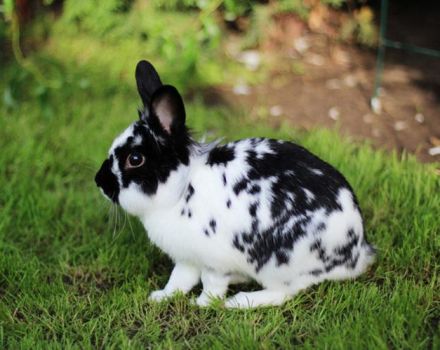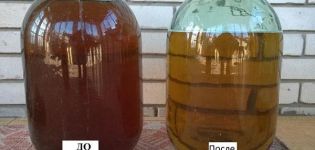Characteristics of the Slavyanka apple variety, growing region and description of yield
To understand the positive and negative aspects of any plant, it must be grown. The Slavyanka apple variety has excellent fame, summer residents appreciate it for its high and stable yield, excellent fruit taste and resistance to harsh winters. And every gardener will be able to evaluate the rest of the characteristics after he grows it in his garden. The species was bred a very long time ago, during this time it has not lost its popularity. Until now, Slavyanka is met in old gardens.
Description of the variety
The variety was bred in 1890, Michurin IV Slavyanka was recognized as its creator - this is the result of pollination of Antonovka, pollen and Pineapple Renet. Later, Ivan Vladimirovich observed the growth and development of the tree for 30 years. The variety was published and received recognition among gardeners.
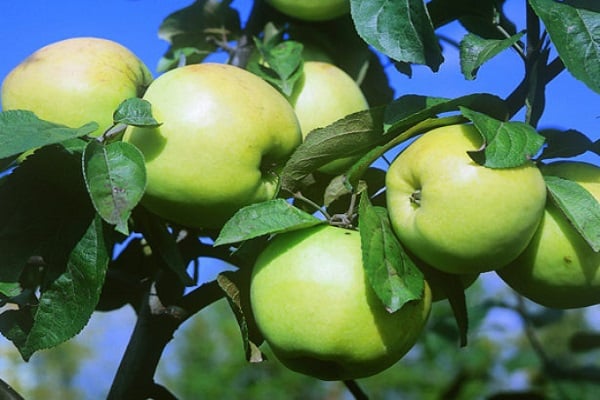
For beginners, a detailed varietal description is of great importance. The information helps you avoid common mistakes and get your harvest as soon as possible.
The apples of this tree are not large, if you graft them on a cultivated stock, then the weight of one fruit will reach 110 g. And so the average weight is 70-80 g. The ovaries are formed on perennial branches and on the growth of the last year.
The peculiarity of the Slavyanka apple tree is that during flowering it can withstand a cold snap. The tree can withstand when the temperature drops to -5 ⁰C, the ovary will not fall off, the fruits will ripen.
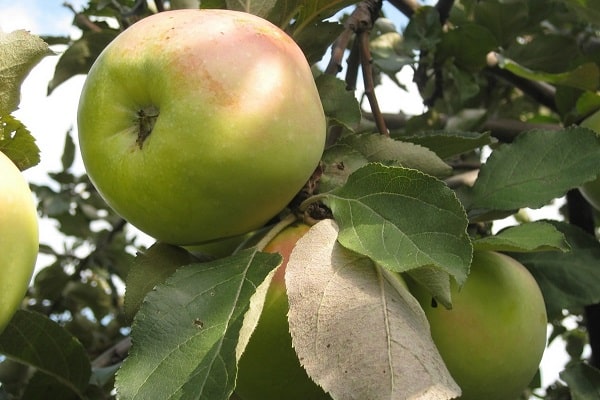
The variety is very hardy, frost-resistant, wind-resistant and highly immune to crop diseases. For these qualities, he fell in love with lovers of healthy fruits.
Pros and cons of the variety
The presence of positive characteristics makes it a preferred cultivar. And a small number of negative ones are not forbidden. It is difficult to find a completely ideal cultivation option. Against the background of the advantages, its disadvantages are almost invisible.

Pros:
- winter hardiness;
- undemanding care;
- wind resistance;
- the presence of immunity to major diseases;
- regular harvest;
- good external data of Slavyanka apples;
- long shelf life;
- rapid onset of fruiting in young seedlings.
Minuses:
- small fruits;
- partial self-pollination;
- fruits fall off with a lack of nutrients;
- after ripening, the apples fall from the branches.
With proper care, the cons are significantly reduced. This apple tree has more positive qualities, which is why most of the experienced summer residents choose it.
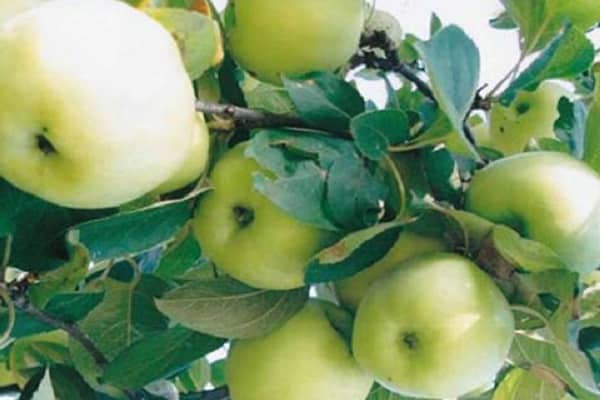
Specifications
In order to choose the right place on the site and carry out competent care of the tree, you need to know its characteristics, taking into account which gardeners receive the declared harvest. Difficulties with the cultivation of Slavyanka should not arise, the tree is unpretentious. Requires virtually no special care, everything is standard.
Dimensions
The height of an adult apple tree is about 4 m. The crown reaches 3 m wide. Every year the apple tree grows about 50-70 cm, depending on the care and climatic characteristics of the growing region. The seedling begins to bear fruit in the 3-4th year after planting.
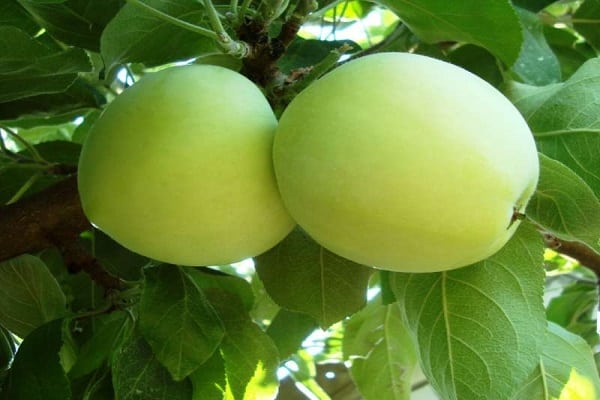
Yield
The Slavyanka variety is characterized by a high yield. The frequency of fruiting does not differ. The volume of the harvest depends on the patience and hard work of the summer resident. Up to 200 kg are harvested from one tree.
Winter hardiness
The tree is able to withstand prolonged winter frosts. Because of this feature, it is suitable for growing in northern regions. The variety, tested over the years, is not wrapped up for the winter; summer residents are completely sure of it.
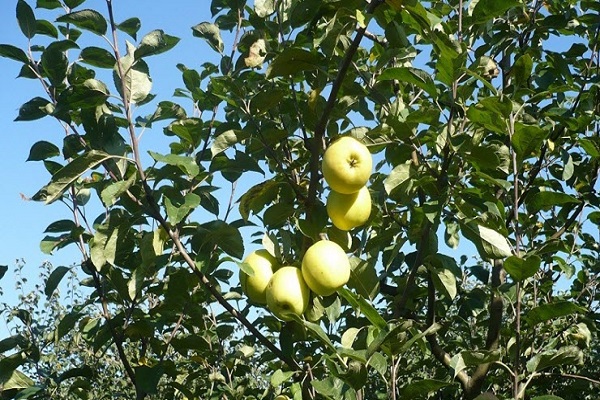
Disease resistance
Breeders claim that the variety resists:
- scab;
- powdery mildew;
- rot;
- other fungal diseases.
When carrying out preventive treatment of plants in the garden, Slavyanka is also treated. But they don't do it on purpose. They fight against pests with all available means, set traps or treat them with special solutions.
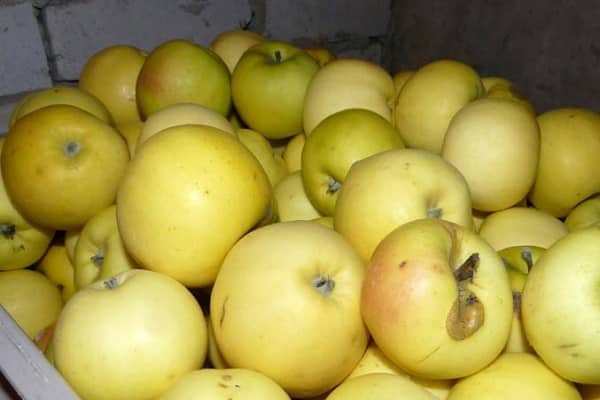
Fruit assessment
Experts assess the taste of the fruit at 4.5 points on a 5-point scale. Apples are characterized by light sourness and persistent unobtrusive aroma. Each summer resident evaluates the taste differently, so before planting a tree, it is recommended to taste its fruits.
The timing of flowering and ripening of fruits
Flowering, like ripening, depends on the growing region. The apple tree of this variety blooms in May. The fruits ripen in September almost simultaneously.
It is recommended to pick Slavyanka apples from the tree at the time of incomplete ripening and leave. Otherwise, all fruits will fall off and become unusable.
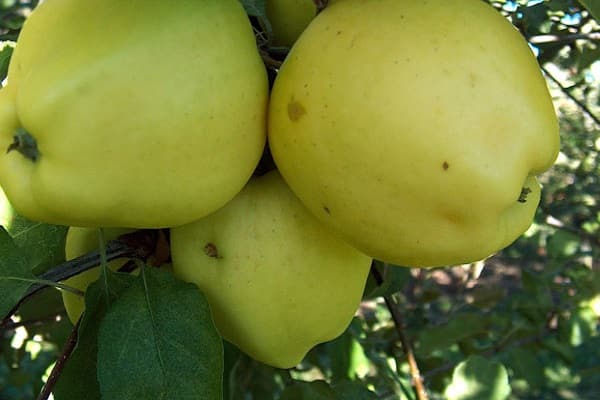
Apples are suitable for fresh consumption and any kind of processing. The use of the fruit depends on the personal preference of family members.
When storing fresh, the necessary conditions should be created. The collection container is taken wooden, sprinkle the fruit with sawdust, straw or sand.
Fruits are stored in basements, cellars or special rooms. During the winter, it is imperative to re-sort the apples several times in order to avoid rotting of the harvested crop.
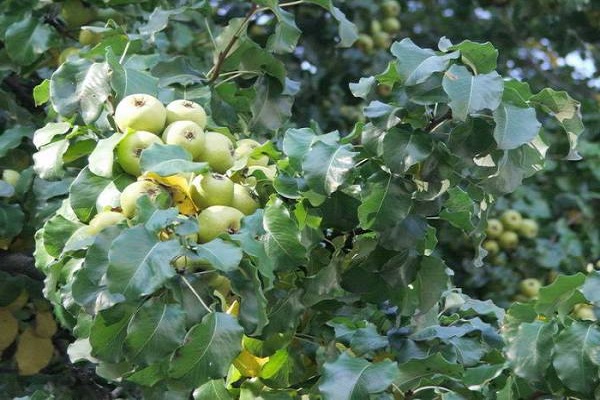
Grow-friendly areas
Suitable for growing in the North-West and Central regions of Russia, as the variety is adapted to the climatic characteristics of these regions. Slavyanka is also grown in Belarus and northern Ukraine.
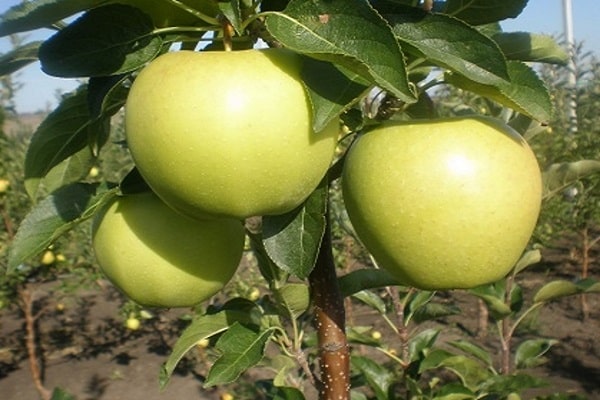
Reviews of gardeners growing Slavyanka
To help beginners, inexperienced summer residents, more experienced gardeners leave comments on sites dedicated to apple trees. Beginners find a lot of useful information on planting and caring for trees:
- Nikolay: “I planted Slavyanka on the site, suited everyone. For some reason, she froze. While growing, no other winter types of apples were needed. I liked the household. "
- Sergei: “This apple tree has been growing for 6 years. It seems to me that she can do everything, withstand the cold, withstands the wind. Apples are stored for a long time, enough for myself and neighbors. The apples have excellent taste, neither sour nor sweet. Personally, I like it. "
Growing Slavyanka on the site is a pleasure. There is nothing special to do, the tree care is minimal. And the yield is always at the highest level.

